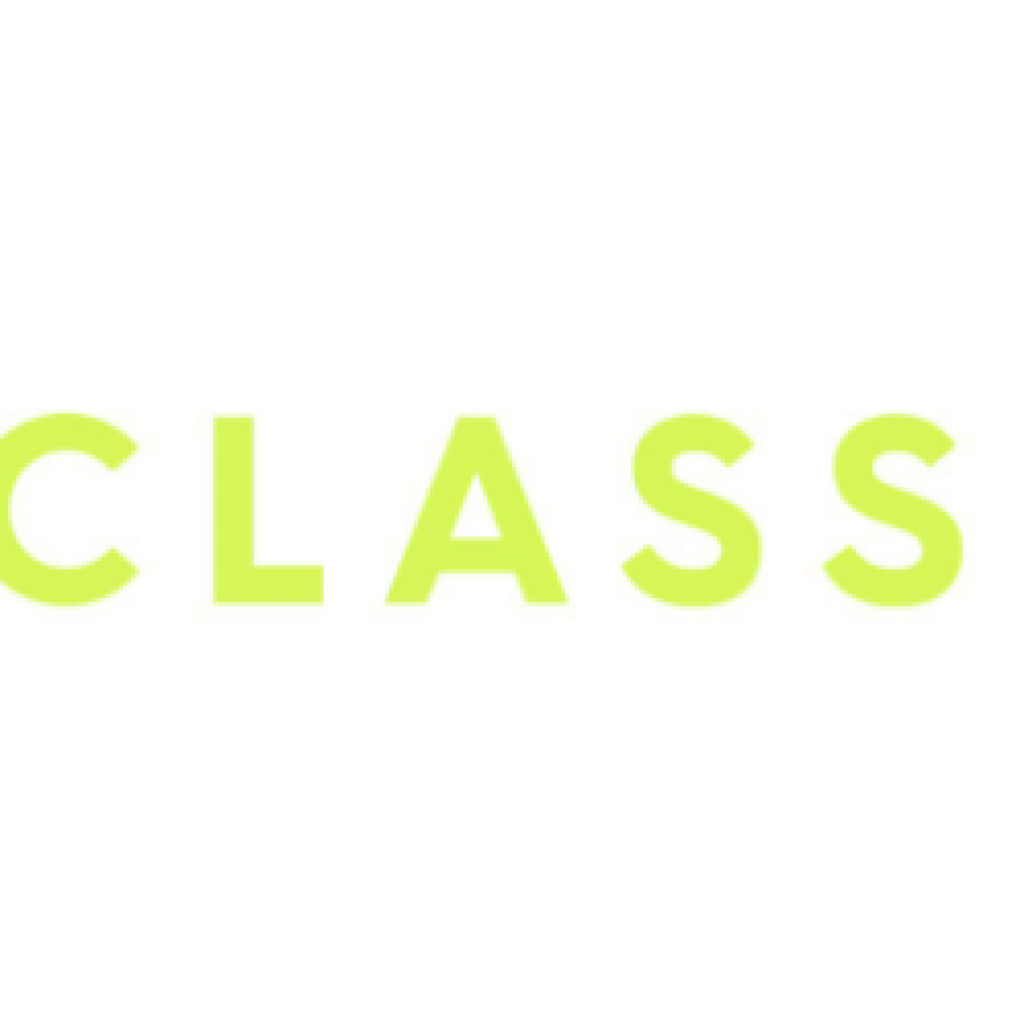(HPCWire) Classiq, which provides a breakthrough Quantum Algorithm Design platform, announced today that it is collaborating with the Fraunhofer Institute, the leading organization for applied research in Europe, as well as other major academic centers, on the development of software for industrial use of quantum computers.
The SEQUOIA Project, part of the Competence Center Quantum Computing Baden-Württemberg, focuses on the software engineering of industrial hybrid quantum applications and algorithms. The project is researching, developing, and testing new methods, tools, and procedures for quantum computing in order to enable future industrial use. It includes the Fraunhofer Institute for Industrial Engineering IAO, then Fraunhofer Institute for Manufacturing Engineering and Automation IPA, the Fraunhofer Institute for Applied Solid State Physics IAF, the University of Tubingen, the FZI Research Center, and the University of Stuttgart with the institutes IAAS and HLRS.
The SEQUOIA project focuses on three central aspects with the main results:
● The quantum application center with applications and algorithms, e.g. for manufacturing, production, logistics, energy, and engineering.
● The quantum software component kit as the basis for the implementation of application components, algorithms, hybrid quantum-classical solutions, and demonstrators.
● The quantum software engineering model with its own methods, procedures, technologies, and experiences from the project.
Specifically, Classiq would work within the SEQUOIA framework and with the SEQUOIA partners on two main problems:
● Solving mixed-integer linear programming (MILP) problems with state-of-the art (gate-based) quantum computers. MILP problems are a special class of linear programming problems that is used for production planning and scheduling, optimization of cellular and telecommunications networks, and more.
● Solving coupled partial differential equations with the Harrow Hassidim Lloyd (HHL) quantum algorithm. These are applicable to numerous problems such as fluid flow, electrodynamics, and more.
